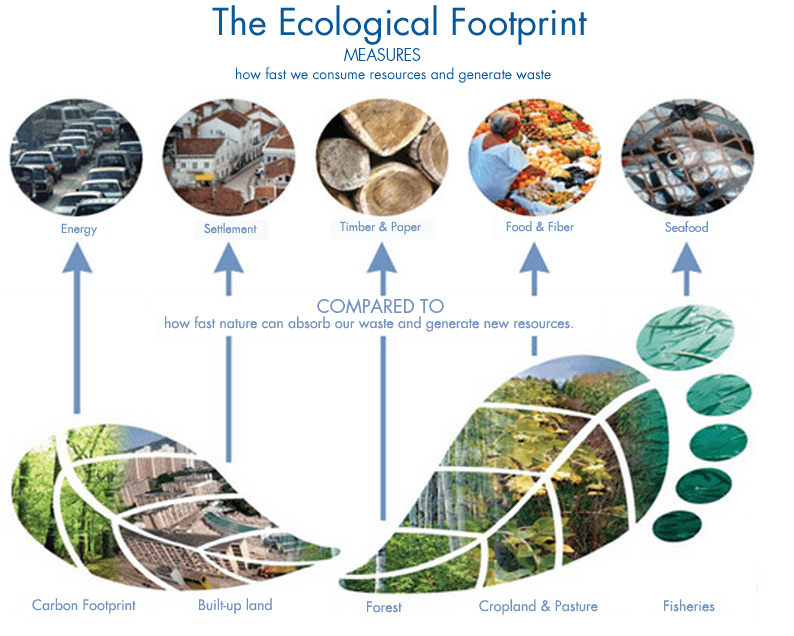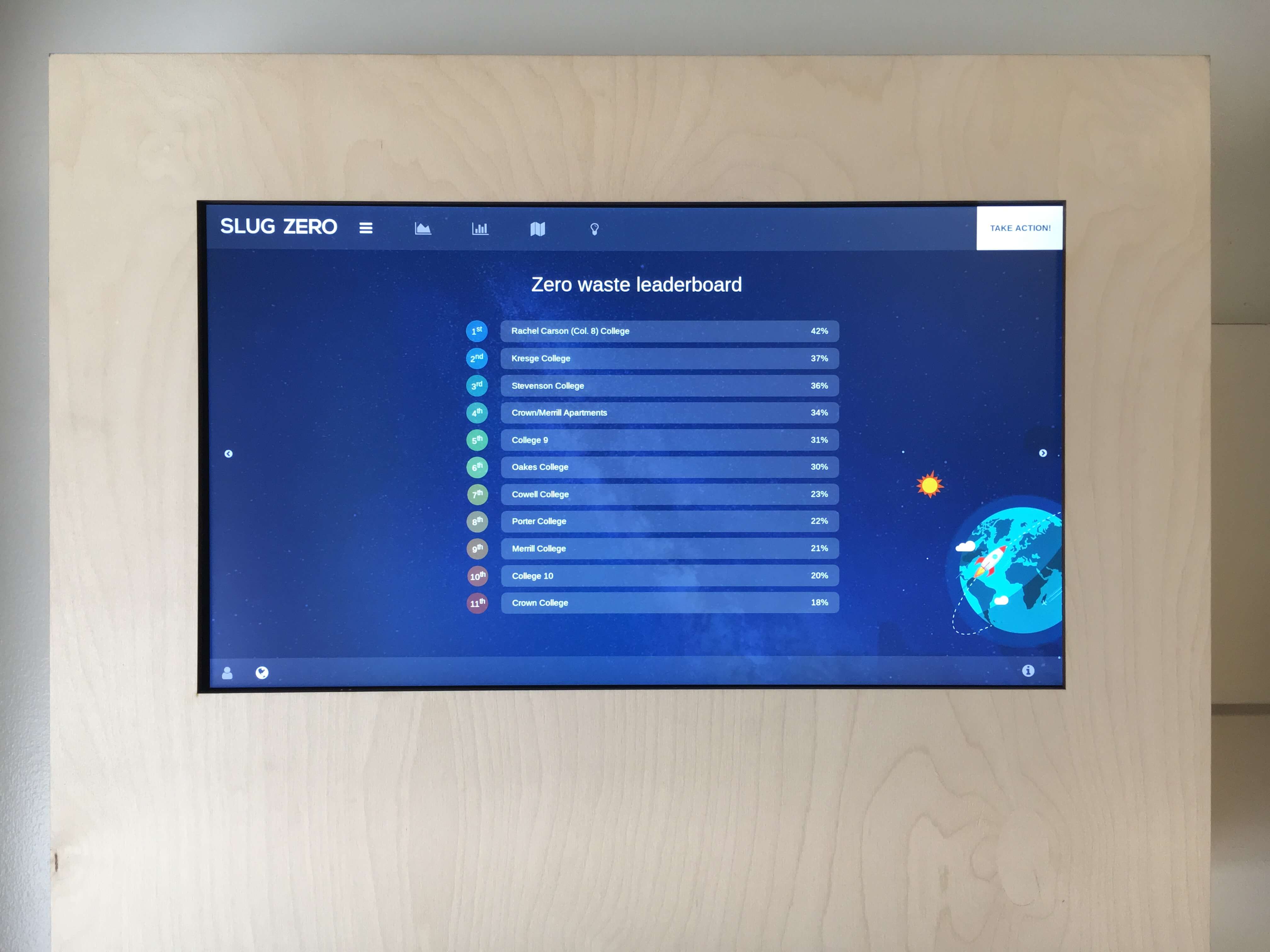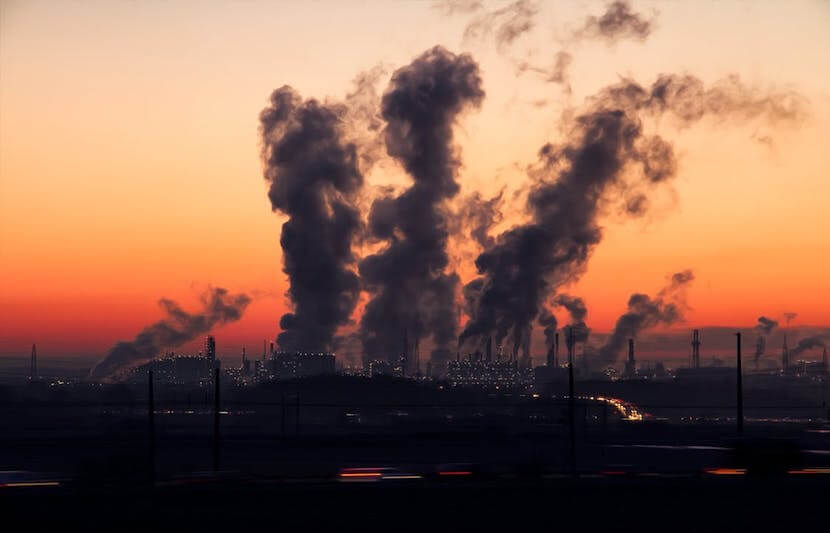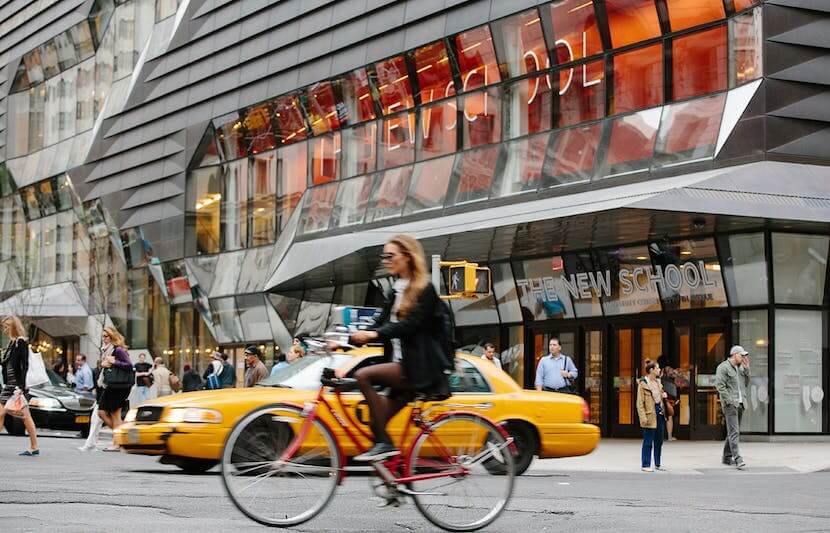In April 2018, American University celebrated becoming the nation’s first carbon-neutral university, meaning the school emits no greenhouse gas to the atmosphere — either by not generating them in the first place or by offsetting any emissions.
And American University has managed to accomplish its goal two years early.
And it’s doing just fine — no one needs to live in a cave.

While the Trump administration pulled the U.S. from the Paris Agreement, the global commitment to limit greenhouse gas emissions, universities across the country are coming together to say they’re still in.
Growing up with global warming
Millennials have grown up constantly hearing about global warming, the rising of earth’s temperature due to a rapid increase in carbon dioxide emissions, and one more thing — our part in it.
According to the National Oceanic and Atmospheric Administration, concentrations of greenhouse gases in the atmosphere have grown significantly since the mid 20th century — 40 and 150 percent increase in carbon dioxide and methane, respectively.
Scientists have warned us that human marks in the environment will have irrevocable consequences, like record-high wildfires and more floods and hurricanes.
If everyone made marks, known as ecological footprints, on the flip side, everyone can also contribute to erasing any future marks.
An ecological footprint is the sum of all emissions of greenhouse gases, like carbon dioxide or methane, used to support human activities in a given time frame.

Now, universities, mostly comprised of age groups who have to live through real signs of global warming, are taking ownership and monitoring their ecological footprints.
Zero waste campuses
A few months before Starbucks announced its no plastic straw policy, the University of Portland was already the nation’s first college to ban plastic straws in all its dining halls.
Multiple schools followed suit and others even took on other single-use items, such as cups, utensils, take-out boxes and more.
Known as America’s Environmental College, Unity College prides itself in its zero waste dining and catering facilities.
After examining its carbon footprints from food and other disposable items, the school collaborated with a local renewable energy company to convert its waste into heat and electricity.
“We view our campus as a living laboratory, and rely on data from student campus projects to determine the next opportunities for waste minimization,” said Jennifer deHart, chief sustainability officer at Unity College.
At Santa Clara University, commitment to zero waste is practiced all across food, furniture and books.
The school’s organic garden harvests more than 4,000 pounds of produce, some of which are either donated to locals or sold to its dining services. Moreover, students can rent out personal compost pails to keep all year long free of charge.
Throughout the year, students can go to the school’s donation-based, pop-up shops to both donate and pick up any reusable goods, ranging from wall decor to entire furniture.
At University Park, Penn State University’s largest campus, students use Pawprint, a student-centered metric tool, to measure their ecological footprints.
The PawPrint project estimates that an individual’s ecological footprint could be reduced by up to two-thirds by simply making conscious choices.
“The PawPrint takes the concept of sustainability and shows students how they are doing and what’s possible,” said Andrew Lau, an associate professor of engineering design at Penn State, who created the PawPrint.
University of California, Santa Cruz (UCSC) is encouraging a little bit of friendly competition among campus residents to commit to zero waste living.
Touch screen monitors on dorms will not only show how much solid waste they are producing, but also rank them from best to worst on the amount of waste each produces.

“Our hope is that with this information presented in their immediate living space, they will become more conscious of the opportunity to source separate divertable (recycling, compost) streams from the landfill stream and take action to improve performance,” said Roger Edberg, senior superintendent of Grounds Services at UCSC.
Getting on green rides
Schools are making commutes to, and inside, campuses more eco-friendly.
At the American University, every campus shuttle bus runs on biodiesel, 10,000 vehicles are put off the road every year, and more than 8 out of every 10 students commute sustainably.
“Climate change is one of the most urgent issues of our time,” Megan Litke, AU director of sustainability programs, said in a statement.
“Each organization and individual has a responsibility to act to reduce their environmental impact. I’m proud to be a part of a university that takes this responsibility seriously and has acted to achieve carbon neutrality.”
Committed to reach carbon neutrality by 2050, Yale University has 17 miles of bike lanes on a total of 20 miles of its campus roads and has one bike rack for every four people on campus.
“In addition to being a zero-emissions form of transportation, biking helps promote individual health and wellness and is a popular choice among students, faculty, and staff,” said Brianne Mullen, Yale’s Urban Sustainability Program associate.
“We wanted to ensure that facilities were available on campus to help promote biking as a healthy and sustainable way to get around.”
Energy efficient buildings
Committed to carbon neutrality by 2024, Duke University uses biogas, a type of renewable fuel from pig waste, to reduce the need for fossil fuels on campus.
“We are committed to support and foster the development of a renewable biogas market in North Carolina that reduces reliance on fossil fuels and provides opportunities for positive community, environmental, economic and policy outcomes in the state,” Tallman Trask III, the school’s executive vice president, said in a statement.
The University of California, San Diego, “generates about 85 percent of its own electricity using an ultra-clean and efficient cogeneration plant, the world’s largest commercial fuel cell and solar panels.”
Placing first in last year’s North American Laboratory Freezer Challenge, which awards campus labs for saving energy, labs in UC San Diego are “expected to save 500,000 kilowatt hours of energy per year — the equivalent of taking nearly 80 passenger vehicles off the road.”
Located in the middle of NYC, The New School has one of the city’s greenest buildings.
Its 16-story LEED Gold certified University Center has green features, like green roofs, cogeneration plant and smart lighting and climate system, that save water, energy and waste.
Moreover, the school started eliminating all fossil fuel usage in 2015 and served as the only college or university participant in the first ever NYC Zero Waste Challenge held in 2016.
“Environmental sustainability is a core value at The New School,” said Molly Craft Johnson, The New School’s university sustainability associate.
“Sustainability is a significant part of the campus culture. We take a holistic, multi-dimensional view of sustainability that considers a large array of interdependent factors: energy, waste, water, climate, academics and research, environmental justice, food, behavior and culture, health and wellness.”
Universities are calling the rest to act
Often viewed as microcosms of the real world, universities are challenging the rest of the society to take their part in cleaning up the mess we all made.
Because with nature, business just can’t stay as usual.




